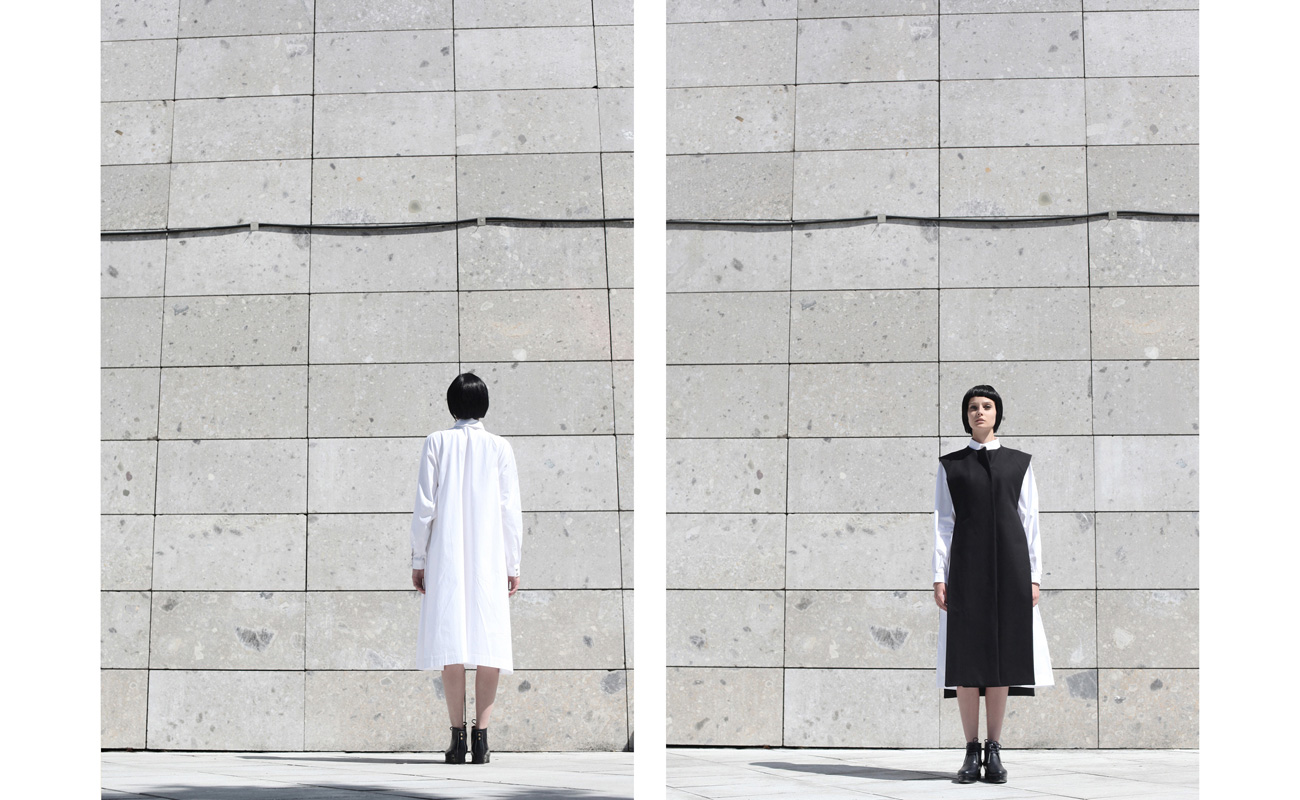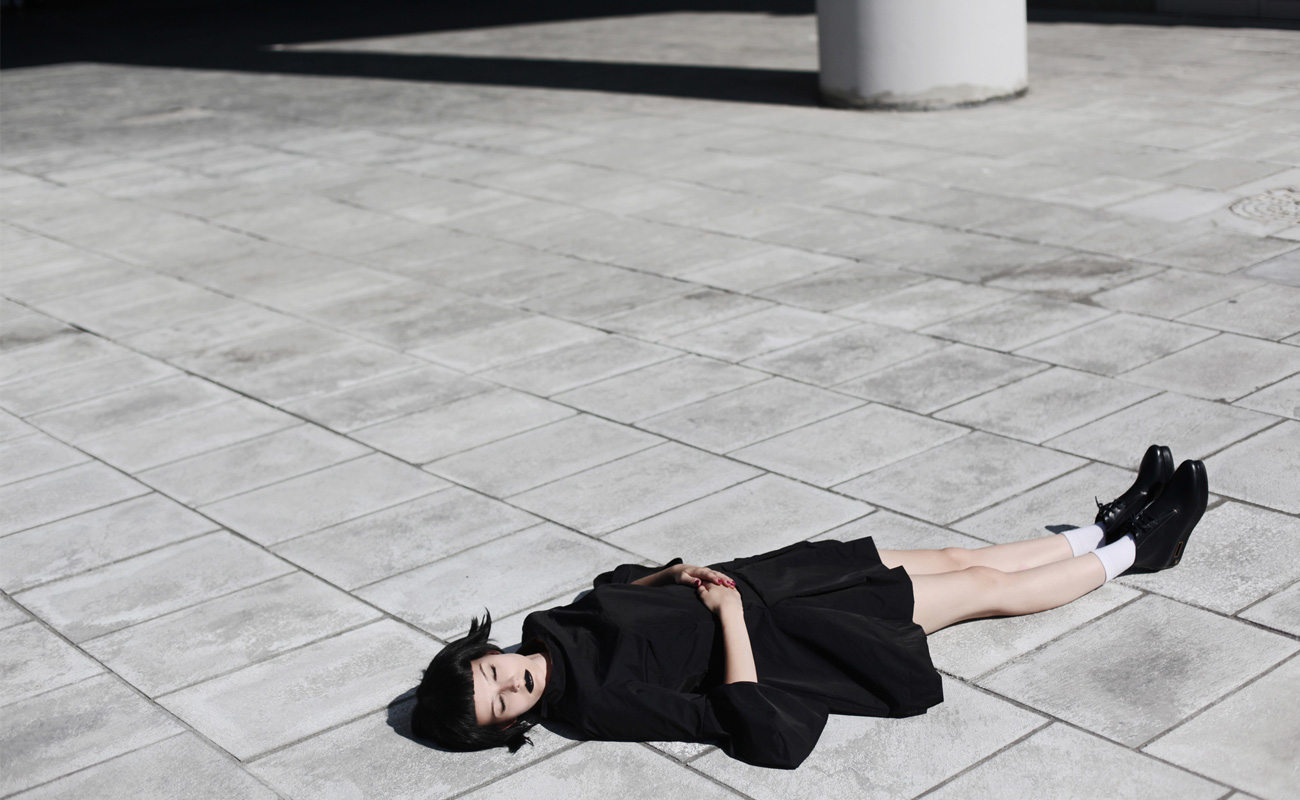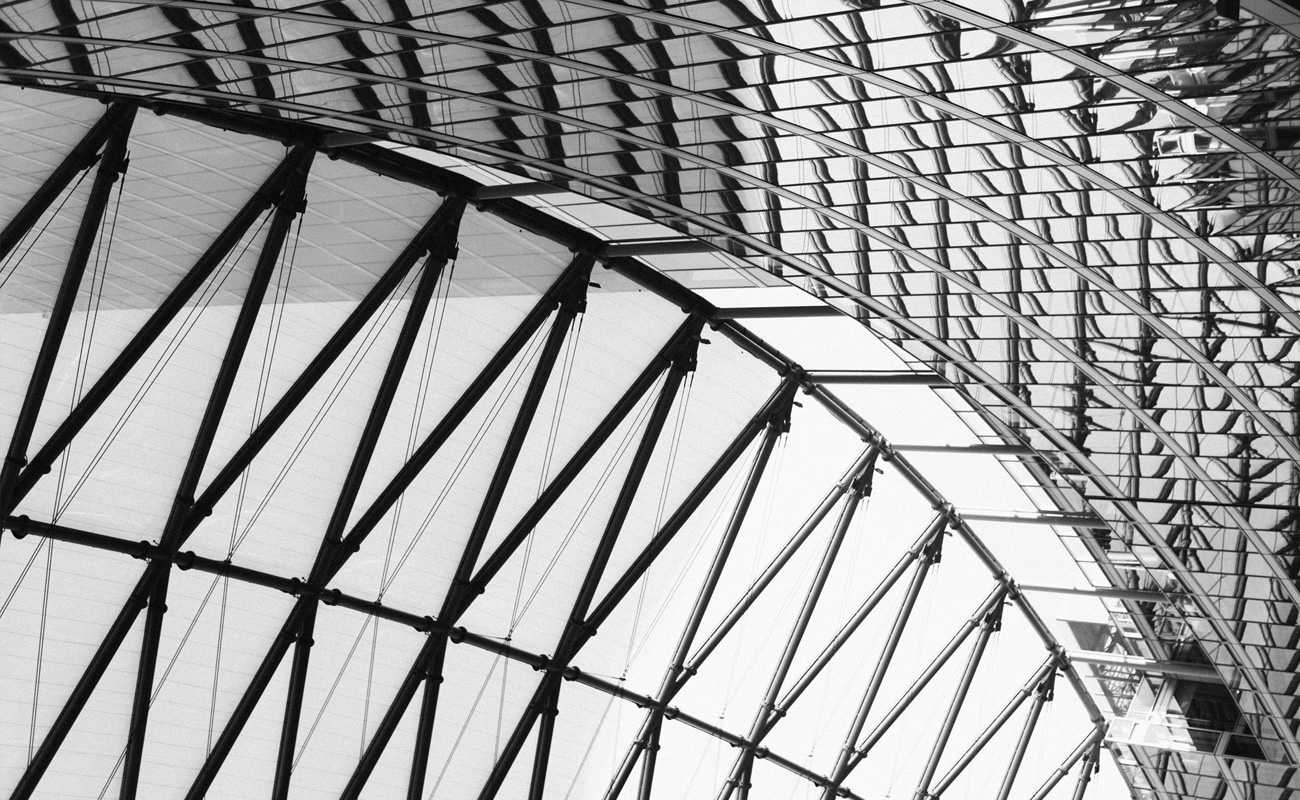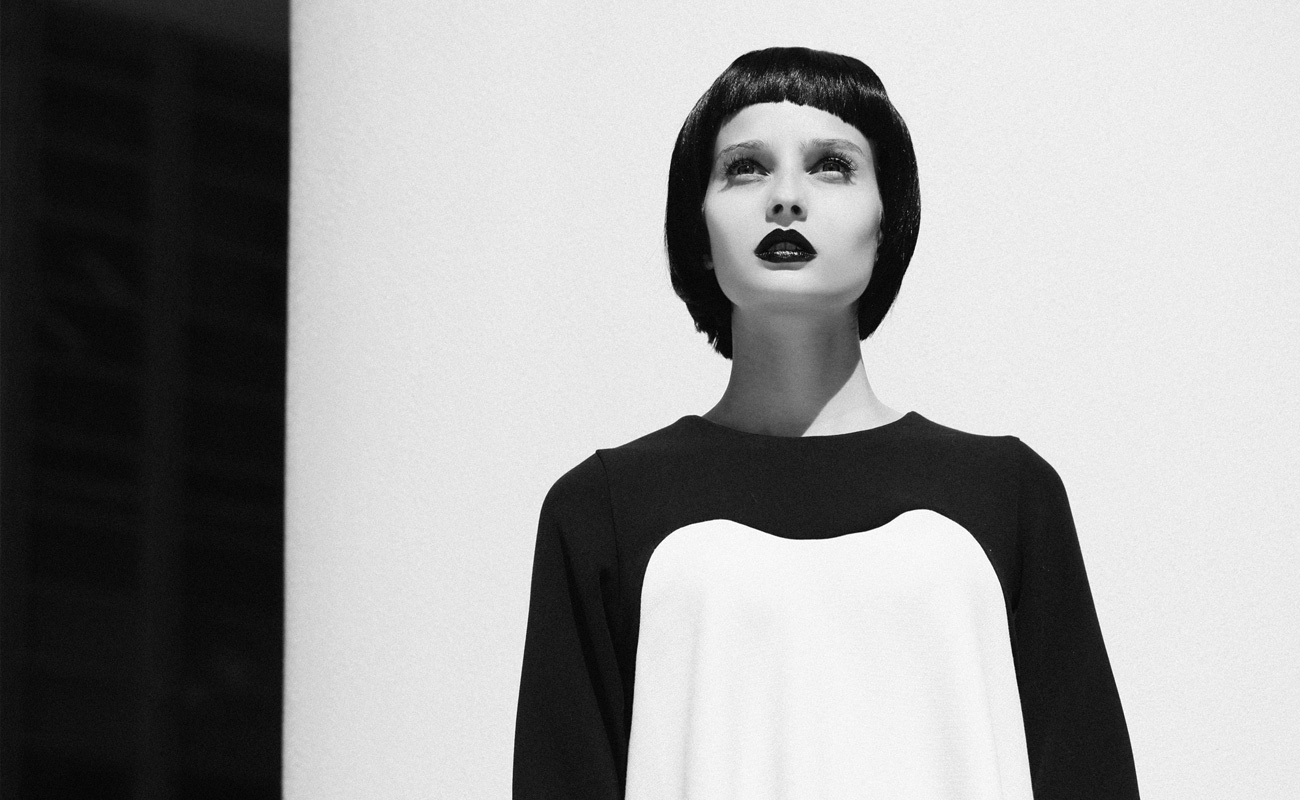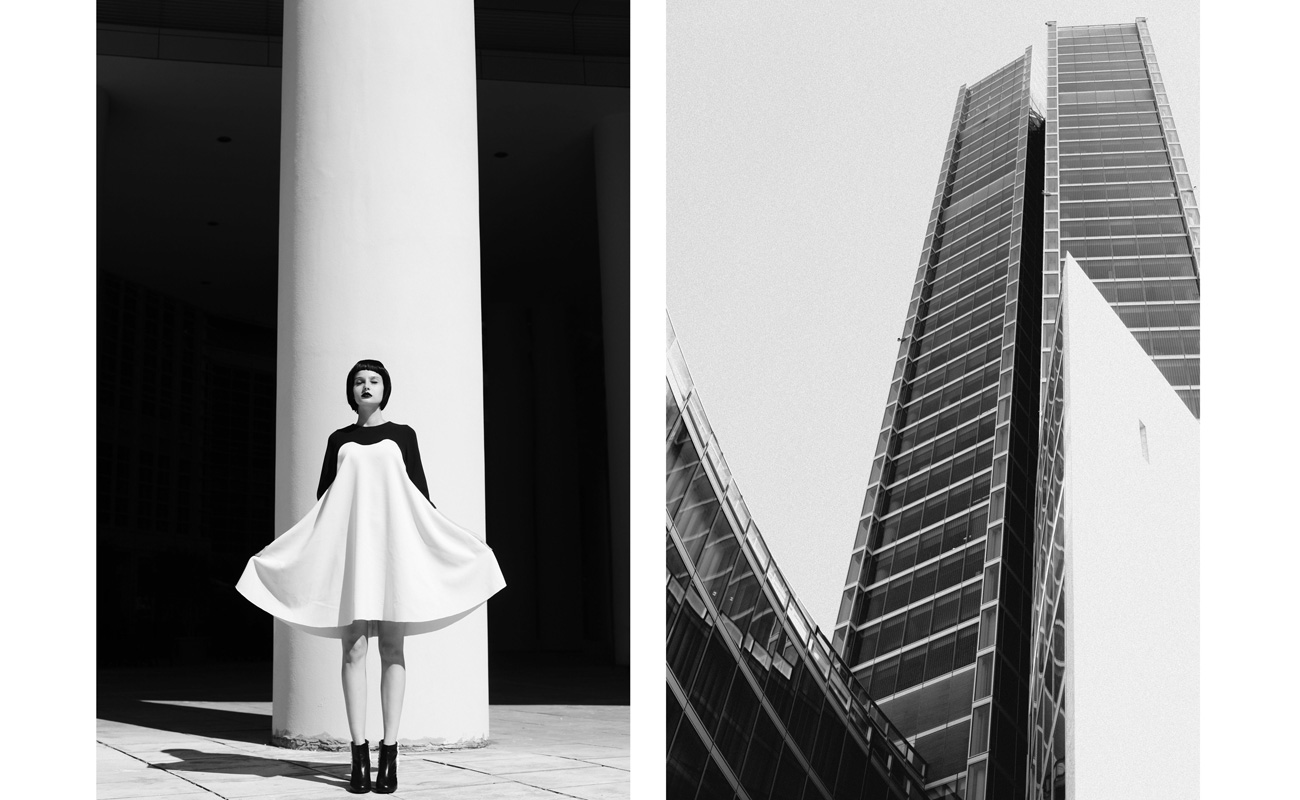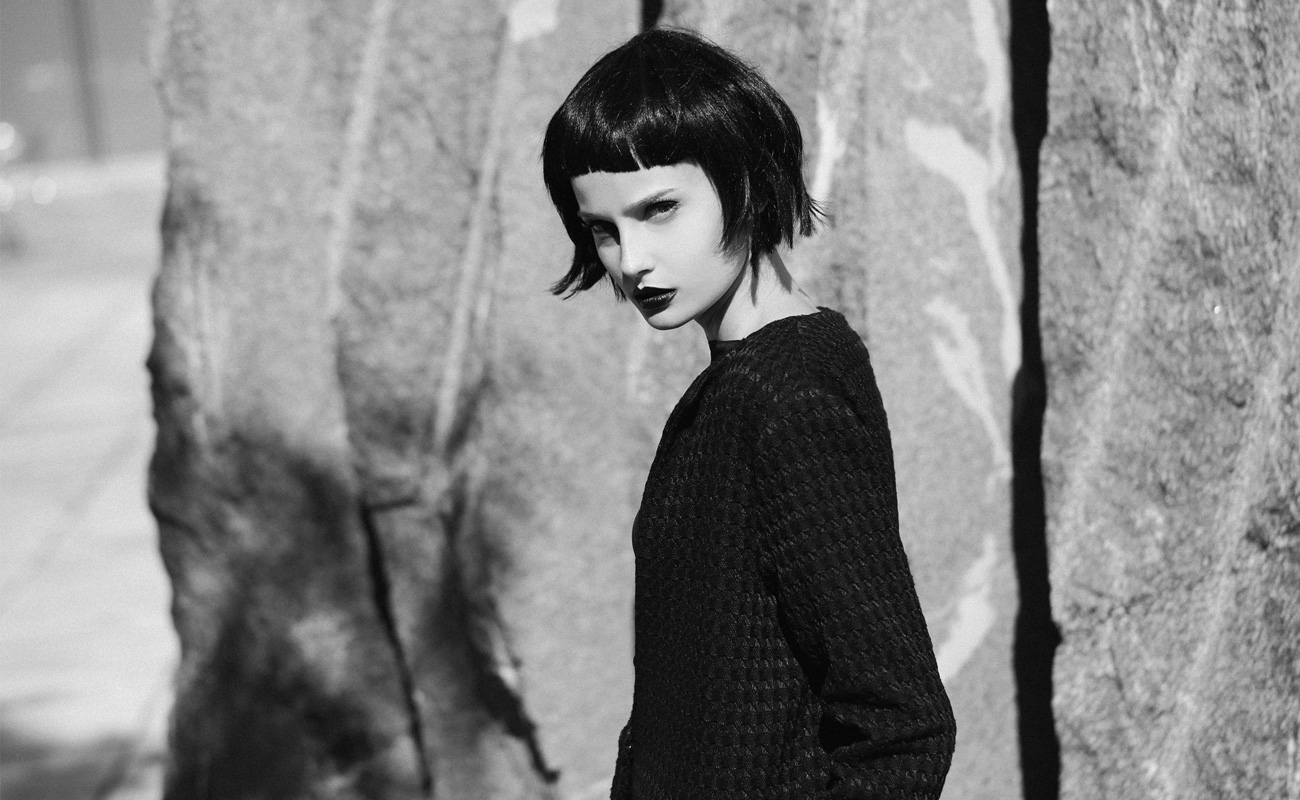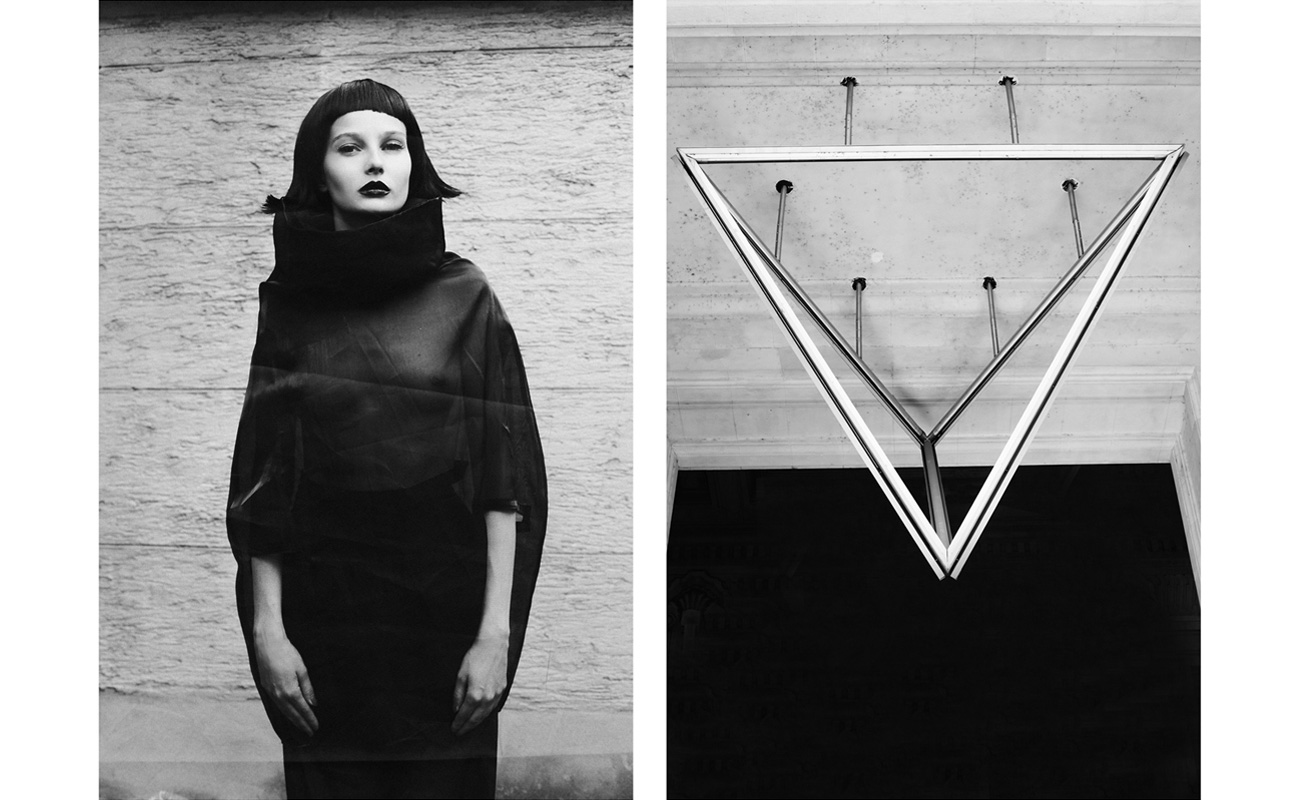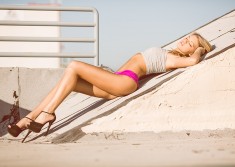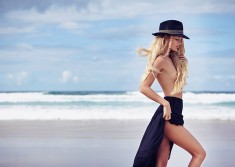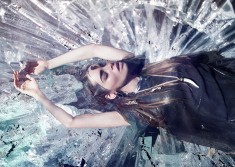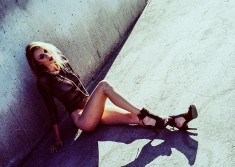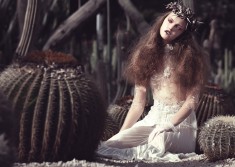Italian photographer Sara Mautone is making her debut on Ben Trovato with a story that will surely stand out in her portfolio. An abstract tale in black and white pulling her work in an entirely new direction. We asked Mautone a few questions about No Love Lost.
First of all, what inspired No Love lost?
It’s interesting how sometimes leaving habits behind leads to amazing results. With music this happens all the time to me, my favorite records are all kind of soft and dreamy but, every now and then, I happen to listen to something that isn’t my regular fit (i’m thinking of songs like “No Dark Things” by Echo and the Bunnymen or “No Love Lost” by Joy Division) and I fall in love as if it was the first time I get to hear it. In a similar way, I bring to Ben Trovato a story that doesn’t have a lot in common with what i usually do and this, somehow, may be what satisfied me the most with it, i wouldn’t think of me ever doing a similar concept but, I have to admit, sometimes it’s good to listen to your “dark side”!
You’ve been shooting fashion for a while, how did you end up in the business?
When I was fourteen I used to answer to those who asked me what I would like to do as a job that I would become a fashion photographer. I did that without having actually ever held a camera in my hand. Five years later, when I finished high school, I moved to Florence and started, due to a series of coincidences and lucky encounters along with a growing interest, doing that job about which I fantasised about when I was a little girl. Everything happened quite fast and, for me, it was an intense time.
In Florence I had the chance to start working with professional brands and models and, within a year and a half, I found myself in Women Management’s Milan headquarters choosing the model for my next shoot, it felt like a dream to me! Right now I’m working between Florence and Milan, I am going to move to Milan as soon as i can.
Now, moving back to your story. Tell us about Petra, the model.
Petra was perfect for “No Love Lost”, i realized it the first saw her book and I got proof of it shooting together. It was easy for her to understand what we were doing and what I wanted from her. Models often don’t know what to do when they pose for me, other photographers with whom they are used to shoot with always ask for grandiose poses and movements, I focus more on other things. Petra on the other hand immediately focused on stillness and her acting fit totally the mood of the shooting.
How was it working with your team this time around? Have you worked together a lot in the past?
The team that helped me on this shoot was made of people which I admire and work with quite often. Marina, the make up artist, is from Florence, we met working together for a catalogue shooting almost an year ago, we got along perfectly from the beginning both creatively and on a personal level. We started working togheter more often since then, including on a project photographing models in Florence and in Milan, that’s where we met Prisca and Irene.
Prisca and Irene are absolutely two of the most talented young stylists around, I’m so proud to work with them. We started doing projects together back in May 2012. Every time i get home after shooting with them I always feel like I shot the best pics of my career.
Michele, the hair stylist, has been working with us since this July, this is the second editorial we put out togheter. He’s also the first man I’ve ever worked with! Sadly he will move to the US soon, still I hope I’ll be able to work with him as many times as possible, I’ve got no words to describe his humility and dedication to his work.
I feel very lucky to have wonderful people around when I’m shooting, I’m convinced that the mood deeply influences the results of a team effort and, surrounded with friends as I am, my mood is always great!
Stylists, Irene Ghillani and Prisca Maizzi, how would you describe your work on No Love Lost?
Minimalism, rigour, stiffness of the clothes. The styling of this shooting stands on awareness of the cold clean shapes. The clothes are mixed with the location, becoming the ‘hypothetical continuation of it: geometrical shapes and colors, not colors, such as black and white.

